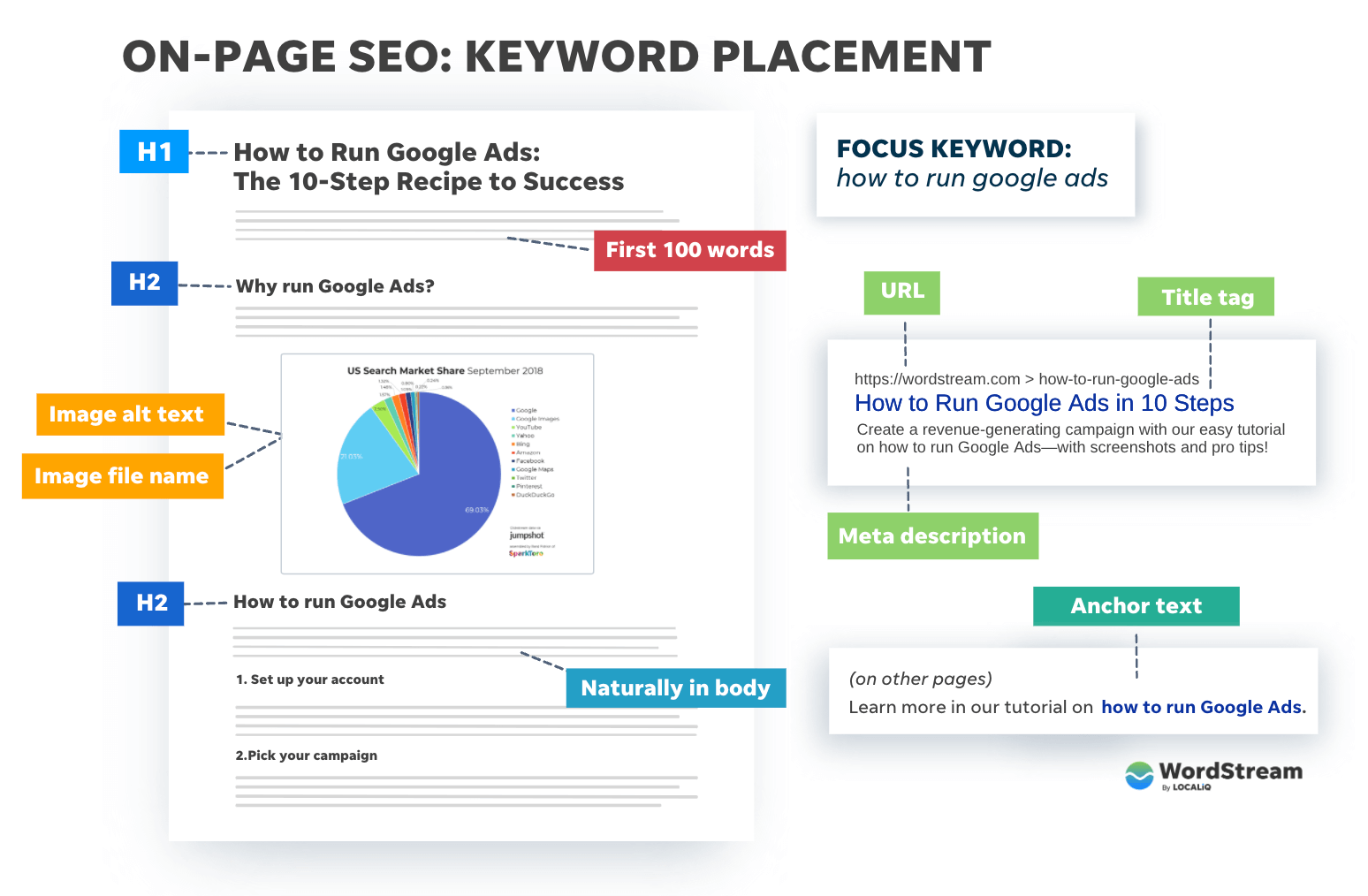Comprehending Secondary Dimensions in Google Analytics: Definition and Strategic Integration
Comprehending Secondary Dimensions in Google Analytics: Definition and Strategic Integration
Blog Article
Introducing the Effect of Second Dimension in Google Analytics on Data Analysis and Insights
In the realm of data analytics, the use of second measurements within Google Analytics has arised as a crucial device for extracting deeper understandings and unraveling complex patterns that may or else continue to be covered. By peeling back the layers of key data collections, additional dimensions provide a nuanced point of view that enriches the understanding of user behavior, site efficiency, and the efficiency of marketing approaches.
Checking Out the Principle of Secondary Dimensions
Additional dimensions in Google Analytics give extra understandings by allowing customers to assess key information in conjunction with an additional characteristic. This function enables a more thorough understanding of the primary information by adding an additional layer of details for evaluation. By including second dimensions, users can dig much deeper into the data and discover valuable relationships that may or else go undetected. By matching the main data of internet site traffic with additional dimensions like demographics or actions, marketing experts can gain a much more comprehensive view of their audience and customize their approaches accordingly.
Recognizing the concept of secondary dimensions is crucial for maximizing the potential of Google Analytics. It allows individuals to section information efficiently, identify patterns, and make informed decisions based on an extra total image of their analytics information. By exploring the different additional dimensions offered in Google Analytics, users can unlock brand-new understandings and optimize their electronic advertising and marketing initiatives. In significance, second measurements function as an effective device for enhancing information analysis and driving workable outcomes.
Enhancing Data Interpretation With Secondary Measurements
Having developed the foundational understanding of additional measurements in Google Analytics and their crucial role in information evaluation, the focus now moves towards leveraging these additional credit to improve the interpretation of analytics data (what is a secondary dimension in google analytics). By incorporating additional measurements right into data evaluation, experts can acquire deeper insights into customer behavior, site efficiency, and advertising efficiency

Additionally, secondary measurements help in contextualizing primary data metrics by providing added layers of info. This contextualization help in comprehending the 'why' behind the data fads, helping experts make notified optimizations and choices to enhance general efficiency. Inevitably, integrating second measurements enriches the data interpretation process, causing more significant insights and tactical actions.
Revealing Hidden Insights With Secondary Dimensions
Checking out the midsts of analytics data with second measurements reveals valuable insights that would certainly otherwise continue to be covered. By incorporating second measurements in Google Analytics, services can unearth hidden patterns, trends, and connections that give a more thorough understanding of customer actions and internet site performance. These added layers of information allow experts to dive much deeper into the main measurements, such as traffic resources or touchdown web pages, and obtain a much more nuanced point of view on just how different variables engage with each various other.
Via the use of second dimensions, experts can sector and contrast data across various measurements, enabling them to determine particular factors that influence customer interaction, conversion prices, and general success metrics. By combining the main measurement of 'gadget category' with the secondary measurement of 'age team,' marketing professionals can identify which age demographics like accessing the site through mobile devices versus desktop computers. This degree of granularity encourages businesses to make data-driven decisions and maximize their methods for much better outcomes. Inevitably, discovering concealed insights via second measurements improves the deepness and precision of information analysis, causing more enlightened decision-making and improved performance results.
Leveraging Second Measurements for Actionable Analytics
Building upon the understandings unveiled via additional dimensions in Google Analytics, services can currently harness this enriched data landscape to drive workable analytics and calculated decision-making. By leveraging additional measurements, organizations can dig deeper right into their data to draw out beneficial patterns, trends, and connections that might have previously gone undetected. This much deeper degree of analysis enables businesses to get a much more thorough understanding of individual behavior, campaign performance, and general site efficiency.
One trick advantage of utilizing secondary dimensions for workable analytics is the capacity to segment data based on specific requirements. This segmentation permits organizations to customize their approaches and campaigns to great post to read different audience groups, resulting in much more targeted and efficient advertising and marketing initiatives - what is a secondary dimension in google analytics. Furthermore, second measurements supply a more alternative view of individual interactions, making it possible for services to maximize their website web content, style, and total customer experience
Making Best Use Of Decision-Making With Second Dimensions
To boost critical decision-making in analytics, leveraging additional measurements in Google Analytics can supply a more nuanced viewpoint on user habits and project performance. By integrating secondary dimensions into information analysis, services can dig deeper right into the specifics of their internet site site visitors' interactions and involvement patterns. This extra layer of info enables for a much more extensive understanding of how various variables, such as demographics, tools, or traffic resources, effect essential efficiency signs.

Final Thought
Finally, the usage of secondary dimensions in Google Analytics plays a critical function in improving information analysis and uncovering covert insights. By discovering this concept, one can obtain a deeper understanding of individual behavior and make notified choices based on workable analytics. Leveraging additional measurements permits a much more thorough interpretation of data and optimizes the performance of decision-making processes.

Report this page